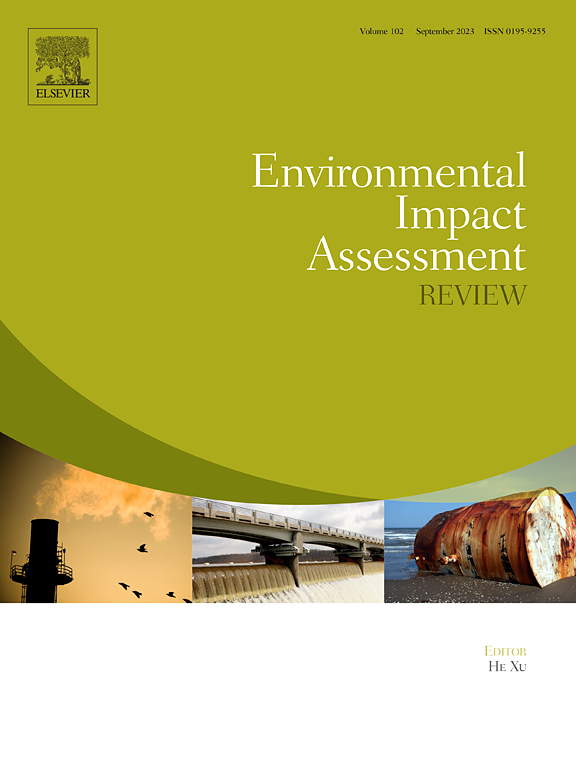Exploring the relationship between water–energy consumption and urbanization in China: A urban-rural transformation perspective
IF 9.8
1区 社会学
Q1 ENVIRONMENTAL STUDIES
引用次数: 0
Abstract
Urbanization has significantly increased the demand for water consumption (WC) and energy consumption (EC). However, previous scholars have failed to explore resources reallocation between urban and rural areas, and studies on urbanization evaluation have generally ignored the interactions among various dimensions. Here, taking China—a rapidly urbanizing country with limited resources—as a case study, we examine the evolutions and relationships between water–energy consumption and urbanization during 2000–2022. Results show that WC remains relatively stable due to the offsetting trends of decelerated agricultural WC and accelerated domestic and ecological WC. EC exhibits significant upward trend in 83.3 % regions due to increased energy transformation losses and industrial final EC. We innovatively evaluate urbanization by considering the interactions of urban-rural transformation in population, land, and industry elements. Urbanization increases significantly with high performance in eastern but low in western China, and exhibits the positive correlations and unidirectional causality with resources consumption. WC gradually decouples from urbanization, while EC has not decoupled. Our findings could provide valuable insights for sustainable resource utilization and urban-rural development worldwide.
求助全文
约1分钟内获得全文
求助全文
来源期刊

Environmental Impact Assessment Review
ENVIRONMENTAL STUDIES-
CiteScore
12.60
自引率
10.10%
发文量
200
审稿时长
33 days
期刊介绍:
Environmental Impact Assessment Review is an interdisciplinary journal that serves a global audience of practitioners, policymakers, and academics involved in assessing the environmental impact of policies, projects, processes, and products. The journal focuses on innovative theory and practice in environmental impact assessment (EIA). Papers are expected to present innovative ideas, be topical, and coherent. The journal emphasizes concepts, methods, techniques, approaches, and systems related to EIA theory and practice.
 求助内容:
求助内容: 应助结果提醒方式:
应助结果提醒方式:


